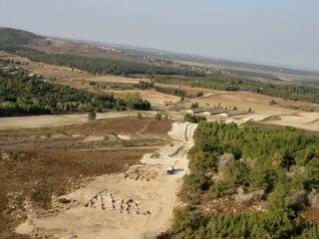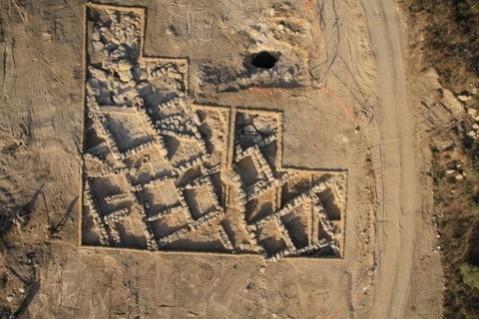
The remains of 2,300-year-ago ancient rural town have been recently uncovered by archaeologists in Israel. The ancient 8,000 square foot small village located on the outskirts of Jerusalem, revealed few single family stone houses with narrow passages. The town was discovered while probing a site for construction of gas pipeline, which was supposed to pass by the region.
"The rooms generally served as residential and storage rooms, while domestic tasks were carried out in the courtyards," LifeScience quoted Irina Zilberbod, excavation director for the Israel Antiquities Authority (IAA).
The town was populated for two centuries during the Second Temple (538 B.C. to A.D. 70) period. Archeologists assume that the town's inhabitants cultivated vineyards and orchards for a living and eventually abandoned the town for better opportunities in the city.
Some tools discovered from the ancient town were limestone, basalt milling and grinding tools used for domestic purposes, wine and oil storage jars and more than 60 coins, including those from the reigns of Hasmonean King Alexander Jannaeus and Seleucid King Antiochus III.
"The phenomenon of villages and farms being abandoned at the end of the Hasmonean dynasty or the beginning of Herod the Great's succeeding rule is one that we are familiar with from many rural sites in Judea. And it may be related to Herod's massive building projects in Jerusalem, particularly the construction of the Temple Mount, and the mass migration of villagers to the capital to work on these projects", explained Yuval Baruch Jerusalem regional archaeologist.

Archeologists have no clue as to what the ancient people would have called the village, but the village sits near the well known Burma Road, a supply route into Jerusalem during the 1948 Arab-Israeli War.
The proposed plan for gas pipeline construction has been revised in order to make the ancient town open for public visit, according to IAA.

















